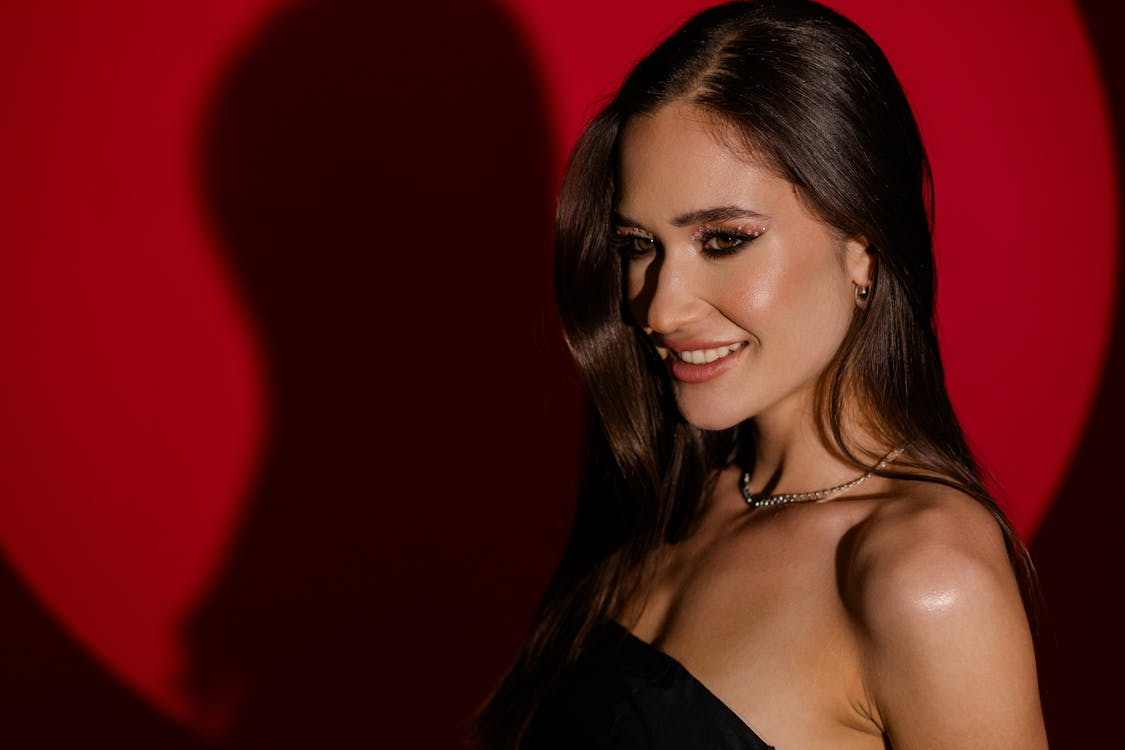
Have you ever wondered what the most sophisticated styles in history were?
If so, you’re in the right place. We’re going to run through some of them today as a kind of anchoring. The idea is to build a base so you know where modern fashion really came from and what it meant to the people behind it. As you’ll see, many of the styles we’re about to discuss are timeless and popular simply because of that.
Victorian Era Elegance
Many of the designs and styles we love today actually came straight out of the Victoria era. This period brought more people to the city and supercharged urban life, generating a demand for unique dress styles and accessories. It’s one of the reasons we have asscher and trillion engagement rings. Artisans were constantly working on making jewelery more attractive.
This period was characterized by high collars, lace detailing and bustles. Many modern designers use these same styles today, giving a sense of wealth and decorum that’s hard to find at most retail outlets.
Art Deco Glamor
Beginning in the 1920s was the emergence of the art deco glamor phase. This marked a rare period in which many women started to wear sleek lines and geometric patterns, something that wouldn’t reemerge until much later.
The main feature of this period was the drop-waist dresses and cloche hats. These were incredibly popular and marked a significant break from the previous era.
This change then led into the jazz movement, which came to define the early part of the twentieth century. Many men opted for The Great Gatsby look, and women also followed on from that.
Christian Dior In The 1950s
After the second world war, another change in style occurred, thanks to the work of pioneers like Christian Dior. He wanted to reimagine what wearing clothes meant, giving women fashion that cinched their waists and allowed them to wear full, flowing skirts. The idea was to enhance their silhouette and restore femininity to the world.
For many, the 1950s were the high point of modern fashion. Many of the dresses and outfits designed by Dior and others were simply stunning and began what we now think of as “haute couture.”
The influence of this movement is still evidence in malls and on high streets today. The world simply can’t forget what Dior did.
The Mod Movement
The final style worth mentioning in this article is the mod movement, which came to define the 1960s. The idea here was to invoke the mod style, by combining bold lines and colors with futuristic accents.
Mod styling really came in as a reflection of rapidly changing technology after WWII. Back then, it seemed like nothing would get in the way of humans and their desire to go to the stars.
Things didn’t quite pan out that way, of course. But that doesn’t mean the Mod movement wasn’t powerful. It made people look youthful and elegant, and was spearheaded by designers like Mary Quant who introduced the mini skirt.
Thanks for stopping by,
Xo,
P.S. This post is collaborative.





 My name is Iris, and I am a Certified Style Coach™. I am here to assist you in building confidence, enabling you to achieve and consistently enhance the best version of yourself every day.
My name is Iris, and I am a Certified Style Coach™. I am here to assist you in building confidence, enabling you to achieve and consistently enhance the best version of yourself every day.